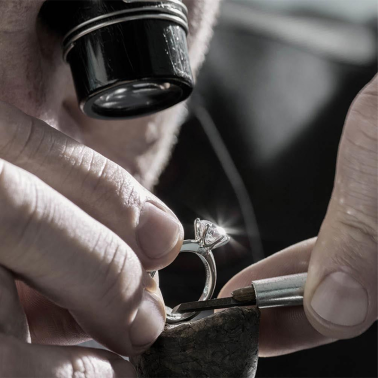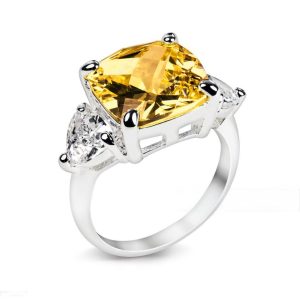The History of Lab Grown Diamonds
The history of diamond synthesis and the evolution of the lab-grown diamond industry is a fascinating journey of scientific discovery, technological innovation, and market dynamics. Here’s a summary of the key points and developments:
Early Discoveries and Synthesis Attempts

1954: Dr. Tracy Hall, working for General Electric, synthesized the first human-made diamond using high-pressure high-temperature (HPHT) technology. This marked a significant milestone in the diamond industry.
Commercial Production and Advancements
1959-1961: De Beers in South Africa began commercial production of synthetic diamonds, imitating General Electric’s technology.
1963: China produced its first artificial fine-grained diamond.
1971: General Electric cultivated the first batch of high-quality synthetic diamonds suitable for jewelry, although the manufacturing cost was high.
1985: Japan’s Sumitomo Electric Industries synthesized yellow gem-grade diamonds, marking the entry into the field of synthetic-colored diamonds.
Breakthroughs and Market Entry
2012: Gemesis announced the synthesis of type IIa colorless diamonds, a significant breakthrough.
2013-2015: The industry saw a struggle between lab-grown diamond producers and natural diamond monopolists. Stuller, the largest jewelry manufacturer in the U.S., began selling lab-grown diamonds in December 2015.
2016-2017: China achieved mass production of small HPHT white diamonds, leading to overproduction and a price plummet. However, the U.S. market showed promising growth.
2018: The Breakout Year
2018: Despite falling prices, sales continued to rise. De Beers launched the lab-grown diamond brand LightBox, setting a fixed price of $800 per carat. The U.S. Federal Trade Commission updated its Jewelry Guides, allowing the term “lab-grown” to be used.
2019: Establishing Standards and Expansion
2019: Major diamond certification institutions began issuing dedicated certificates for lab-grown diamonds. GIA and IGI updated their terminology and certification processes. The Lab-grown Diamond Branch of the China Jewelry and Jade Jewelry Industry Association was established.
2020-Present: Continued Growth and Uncertainty
2020-Present: Despite the global pandemic, the lab-grown diamond industry continued to boom. The industry has seen steady growth in sales and market share, with prices declining due to increased production. The competitive dynamics between lab-grown and natural diamonds remain uncertain, with both sectors inflicting damage on each other.
The evolution of lab-grown diamonds from a scientific curiosity to a significant player in the diamond market highlights the interplay between technological advancements, market forces, and consumer preferences. As the industry continues to mature, it will be interesting to see how the balance between lab-grown and natural diamonds evolves.




